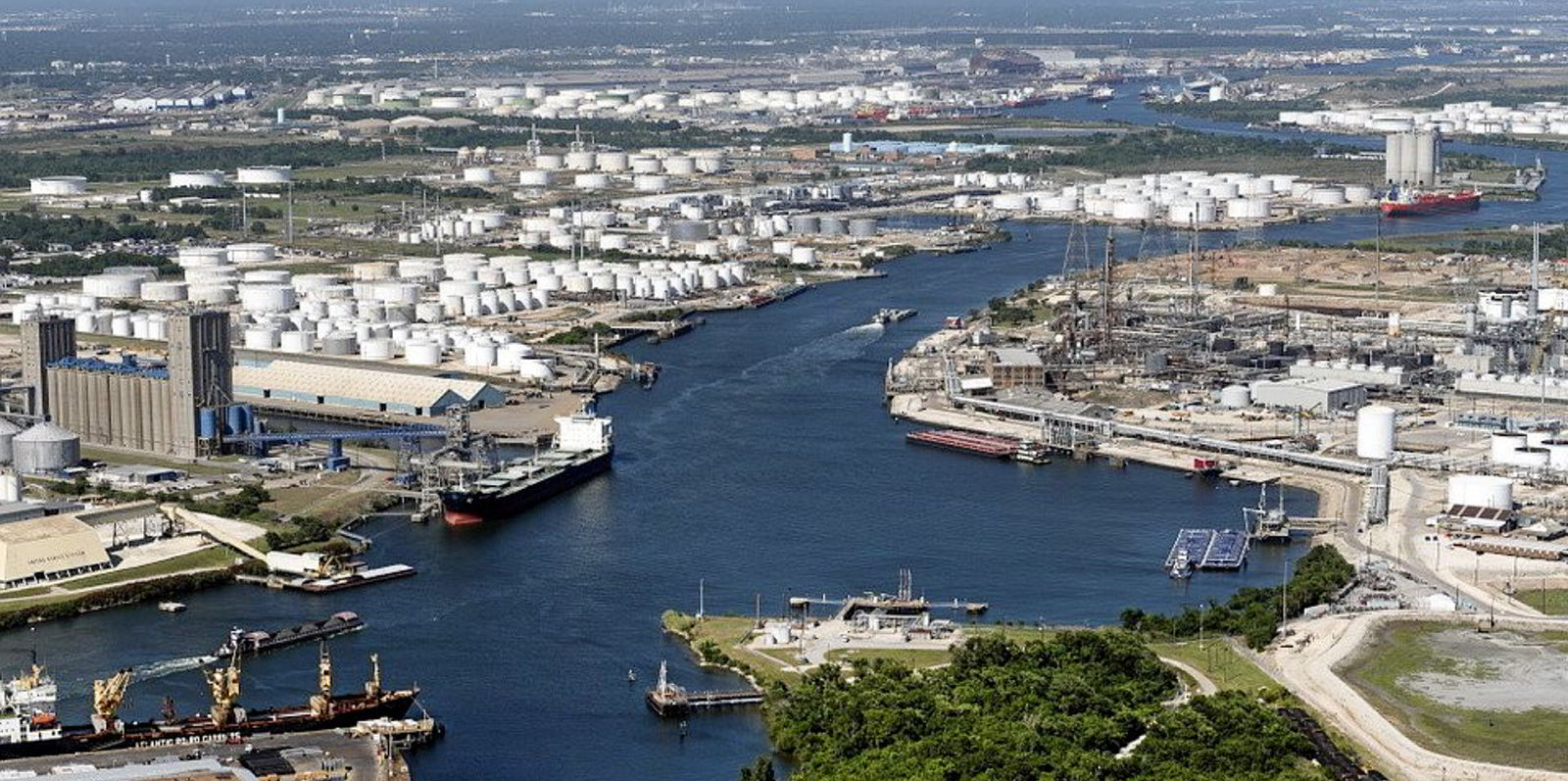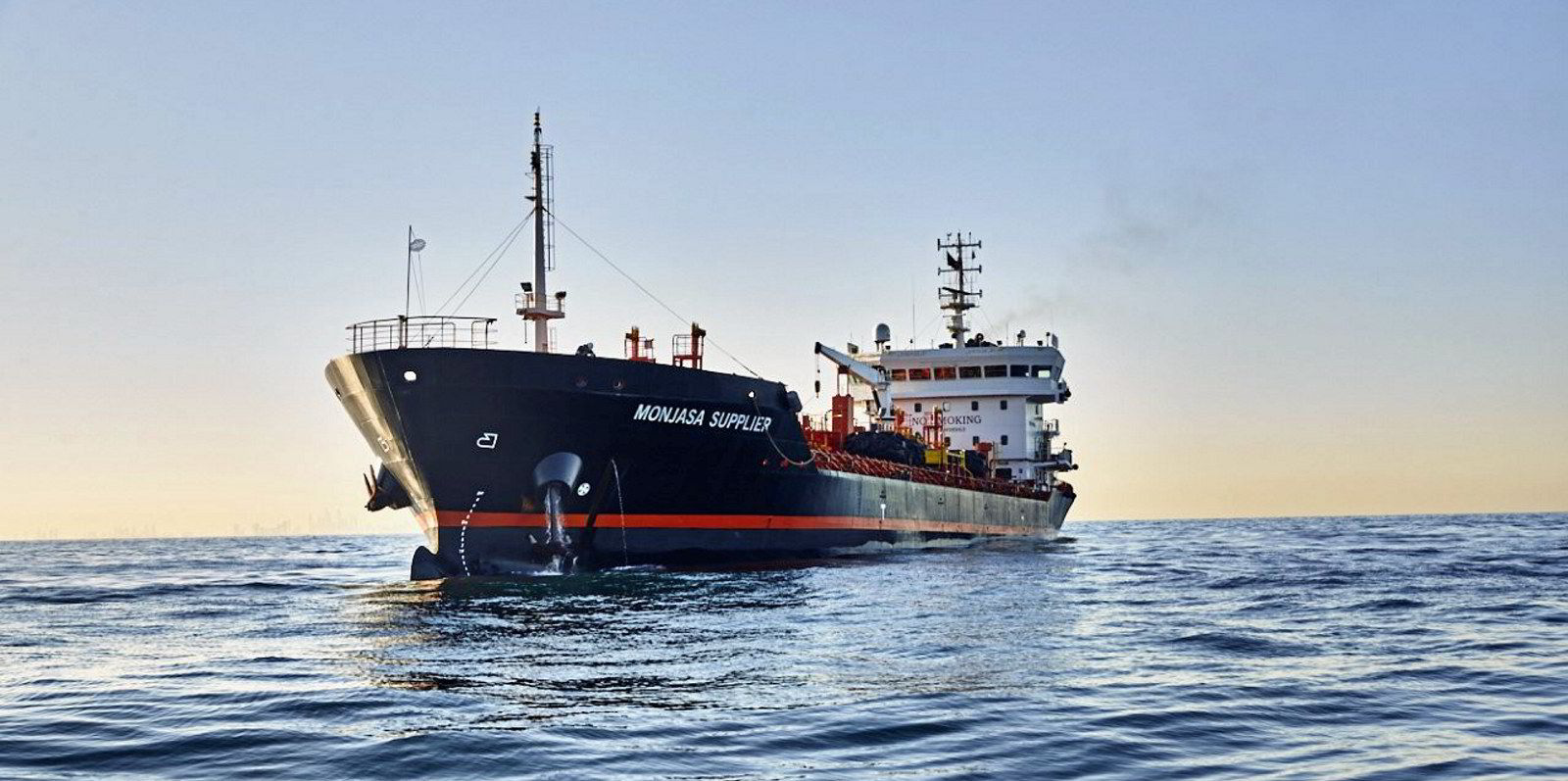Crude tankers loading in the US Gulf are tipped to benefit from the massive release of oil from the US strategic petroleum reserves.
In its weekly report, Gibson Shipbrokers said the release — involving 1m barrels of oil per day for the next six months — was setting a more positive tone for tankers short-term.
“Ultimately, at a macro level, the US volume sare small, representing approximately 1% of global supply during the release period,” the broker said.
“The biggest winners over the 6-month period will be tankers loading in the US Gulf, although the longer-term or global benefit is likely to be marginal.”
On Friday, the Baltic Exchange said the US Gulf to China route for VLCCs jumped $2,885 to $15,645 per day on a time charter equivalent basis, while the earnings for a smaller aframax sailing from the US Gulf to ARA rose $1,536 to $39,298 per day.
Overall, the tanker market saw its 11th straight day of improvement, with the Baltic Dirty Taker Index climbing from 1,093 on 24 March to 1,677 on Friday.
Suezmax time charter equivalents remained in the six-figure range, improving $1,488 to $108,143 per day, and aframaxes shot up by $4,096 to $86,278 per day.
VLCCs continued edging toward zero, gaining $3,761 to -$2,889 per day.
Gibson said imports could face some downward pressure as refiners turn to the barrels from the strategic reserve, though it said that would likely only make up for the approximately 200,000 barrels of oil per day the US imports from Russia and offset by an increase in exports.
At some point, though the reserve will need to be restocked, which could hamper US exports, the broker said.
The strategic reserve release was announced in late March, as oil prices skyrocketed following Russia's invasion of Ukraine and the subsequent turn away from Russian oil.
Shortly after the invasion, West Texas Intermediate (WTI) prices hit $123.70 per barrel and Brent crude $127.98 per barrel.
Since then, both benchmarks have come down, with WTI falling to $98.09 per barrel and Brent crude to $102.76 per barrel.
Both, though, continue to trade at a premium to Russian oil, which is increasingly finding a home in China and India, rerouting trade global oil trading patterns.






